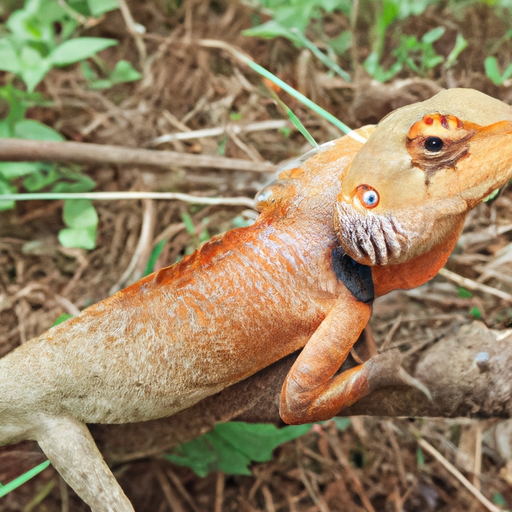 Introduction:
Introduction:
The animal kingdom comprises a vast array of species, each with unique characteristics and adaptations. One key aspect that distinguishes animals is their ability to regulate body temperature. While some animals, like humans, are endothermic and can generate heat internally, others are ectothermic, relying on external sources to maintain their body temperature. In this article, we embark on an extensive journey to explore the fascinating world of ectothermic animals, unveiling the diverse range of species that fall under this classification.
Reptiles:
Reptiles form a prominent group of ectothermic animals, encompassing various orders, including Squamata (lizards and snakes), Crocodylia (crocodiles and alligators), Testudines (turtles and tortoises), and Sphenodontia (tuataras). These reptiles possess specialized adaptations that allow them to thrive and regulate their body temperature efficiently. They bask in the sun, absorbing heat to warm their bodies, or seek shade to cool down. Additionally, reptiles can adjust their metabolism to match environmental temperatures, conserving energy during periods of low temperature.
Amphibians:
Amphibians, such as frogs, toads, newts, and salamanders, are another group of ectothermic animals. Unlike reptiles, amphibians possess permeable skin, which aids in the exchange of gases and water. This skin also allows for the absorption of heat from the environment, making them highly dependent on external heat sources. Amphibians are often found near water bodies, utilizing the surrounding environment for thermoregulation. They may bask on rocks, logs, or vegetation to warm themselves or retreat to cooler areas to avoid overheating.
Fish:
Ectothermy is prevalent in the aquatic realm, with the majority of fish species being ectothermic. Fish rely on the surrounding water temperature to regulate their body temperature effectively. Cold-bloodedness enables them to adapt to various aquatic environments, from frigid polar waters to tropical seas. Some fish display behavioral thermoregulation, actively seeking out specific water temperatures or moving to deeper or shallower waters to maintain their preferred temperature range.
Invertebrates:
Ectothermy is not limited to vertebrates alone; numerous invertebrates also exhibit this characteristic. Insects, for instance, are ectothermic animals that depend heavily on their environment for thermal control. They use their exoskeleton to regulate heat exchange and often exhibit behavioral adaptations like sunbathing or burrowing to manage their body temperature. Other invertebrate groups, such as mollusks, arachnids, and crustaceans, also fall under the ectothermic category and exhibit diverse strategies to maintain their optimal body temperature.
Conclusion:
Ectothermic animals represent a significant portion of the animal kingdom and have evolved remarkable adaptations to thrive in their respective habitats. From reptiles and amphibians to fish and invertebrates, these creatures demonstrate the incredible diversity of life on our planet and the myriad ways in which organisms have adapted to their environments. Understanding the thermoregulatory strategies employed by ectothermic animals provides valuable insights into their ecology, behavior, and overall survival in a constantly changing world.
